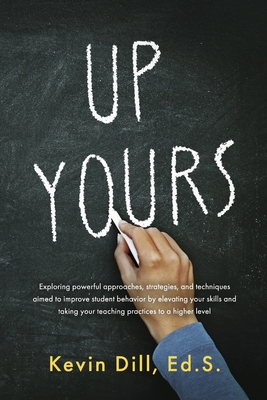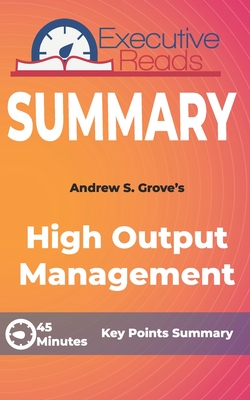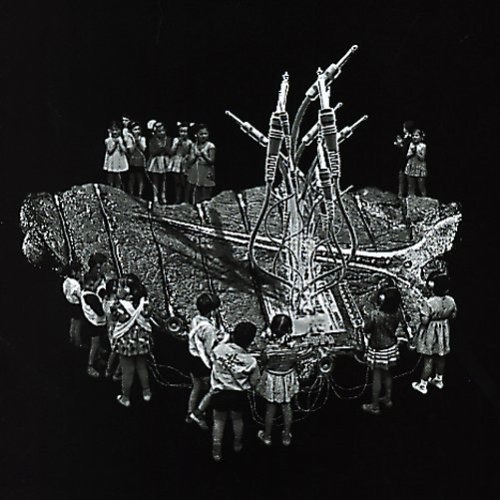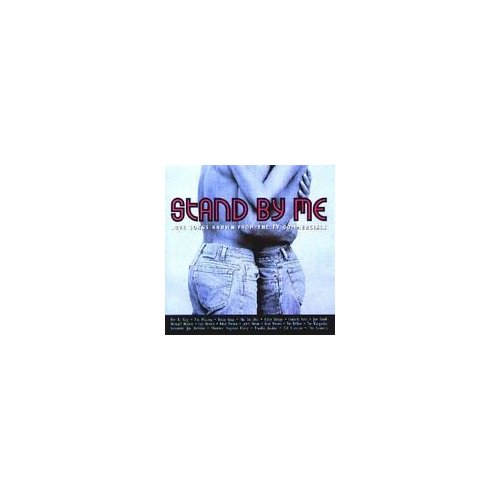
description
vior formula that provides insight into elements that drive disruptive behavior, including maladaptive thinking patterns, functions of behavior, and a student's disintegrated (upside down) brain. Gaining insight from the behavior formula provides a path forward to strategy selection. In unit two, Kevin uncovers powerful thinking and action habits teachers can adopt, along with one of the most powerful strategies used to prevent disruptive behavior in the classroom: the teacher's approach. In unit three, teachers learn the behavioral technique of nudging. Kevin provides examples of behavioral, cognitive, social, and emotional nudges used to encourage maladaptive students to think differently and make better behavioral choices without taking away their free will. Kevin introduces the technique of strategic communication and investigates the undeniable link between how we communicate with a student and their behavior. He examines how a teacher's communication style (i.e., words, voice tone, and body language) can either help or hinder the pursuit of changing student behavior. In unit four, Kevin dives into strategies designed to help teachers respond rather than react to students' behavior. Teachers will learn key strategies for recognizing and dealing with behavioral tactics and traps used by maladaptive students to confuse, annoy, frustrate, and exhaust teachers. The behavioral response framework is introduced as a strategic guide that can help teachers respond to behavior with clarity, purpose, and consistency as they navigate through the clouded complexities of disruptive behavior. Teachers learn how to read and respond to the four types of behavior, how to create a ladder of limits, and how to set these limits using a specific technique called choice language. Finally, Kevin explores a systematic approach teachers can use to respond during and after a major behavioral crisis that can help the student learn and grow behaviorally through guided conversations. These conversations will help the student identify the hurt their behavior caused, their role in the event, and ways to repair the damage their behavior produced.
member goods
No member items were found under this heading.
Return Policy
All sales are final
Shipping
No special shipping considerations available.
Shipping fees determined at checkout.







